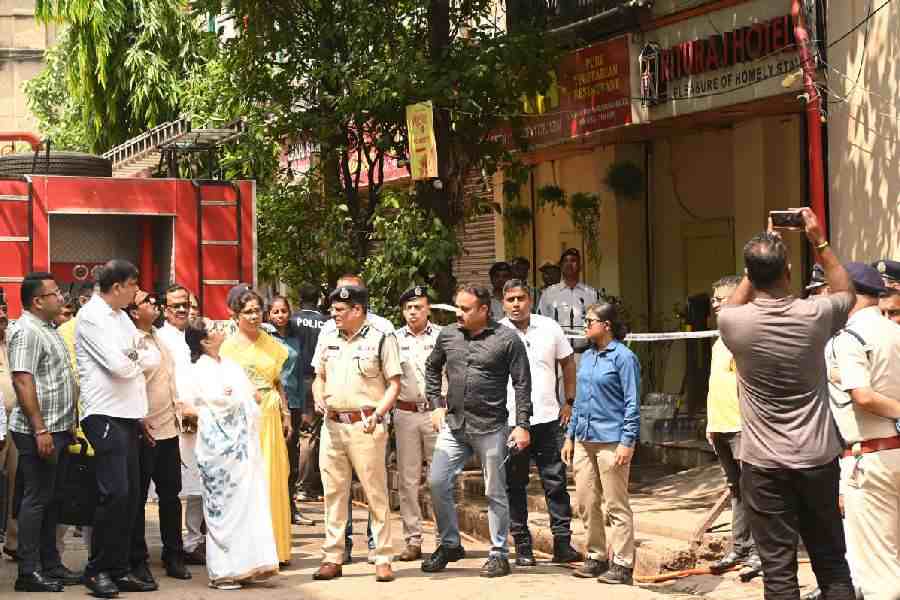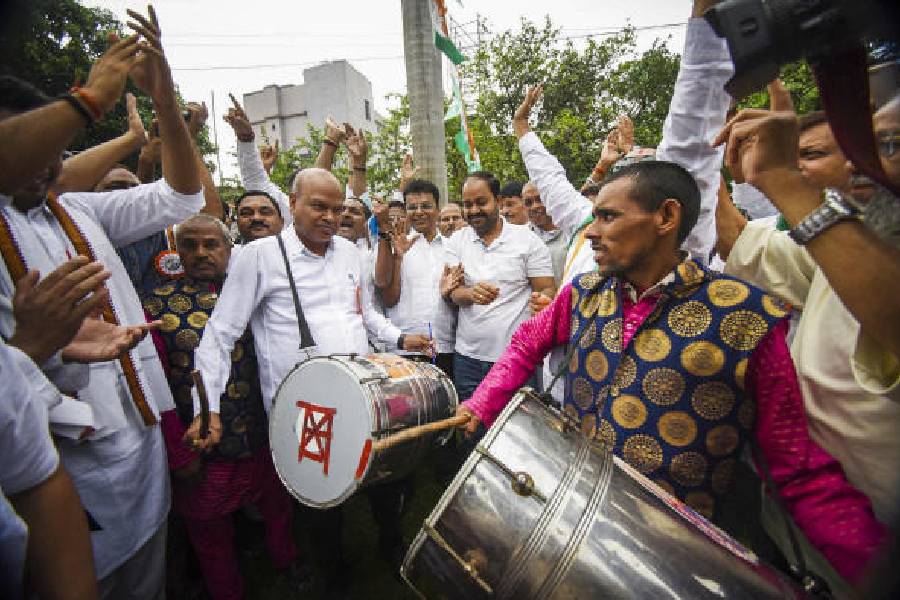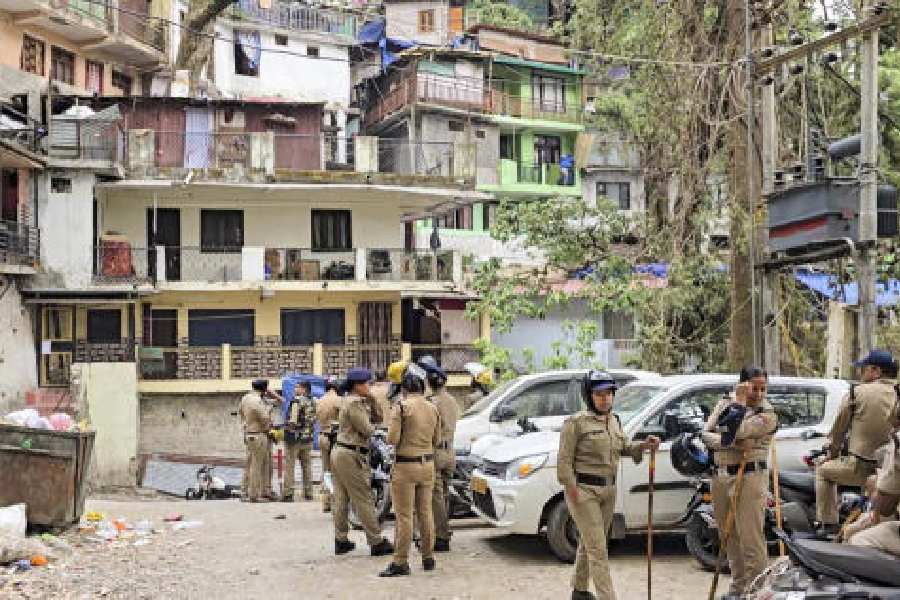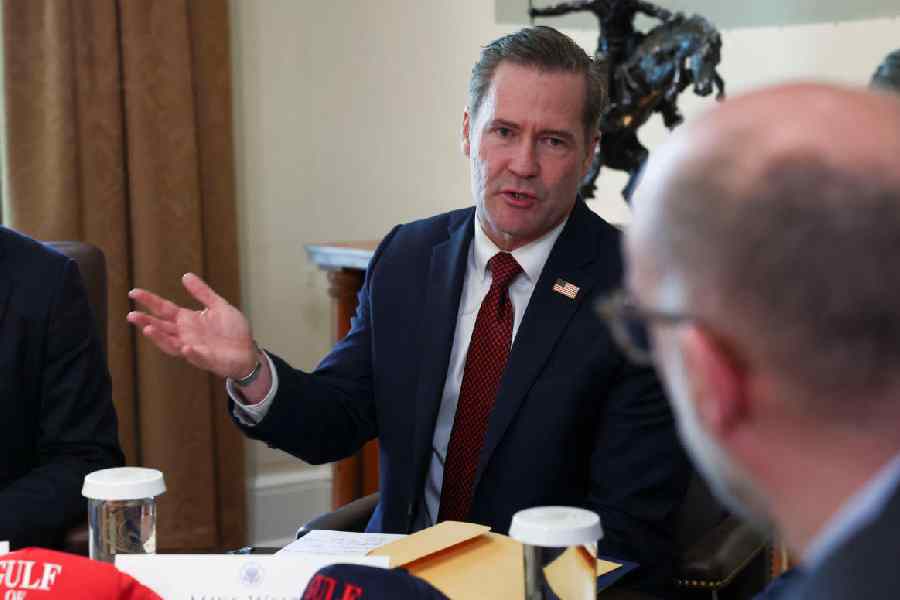
New Delhi: A plan for the resolution of bad assets in small and medium enterprises (SMEs) is expected to be ready by October.
The resolution of bad loans in the banking sector - gross non-performing assets (NPAs) of PSU banks stood at Rs 7.77 lakh crore in December - would be hastened after the Sunil Mehta committee-report gets the approval of banking regulator Reserve Bank of India.
"The action plan set out in the report would come into play once the RBI gives its clearance...we expect the resolution in the SME sector should start showing some results by October," finance ministry officials said.
The committee has proposed five approaches to settle bad loans, depending on the amount of non-performing assets.
First for bad loans up to Rs 50 crore that mainly involve the SMEs, the committee has suggested a steering committee of banks to prepare a resolution plan, with provision for additional capital and resolution in three months.
The committee suggested the resolution of these assets be carried out under a single bank's control, with the bank having the liberty to customise the plan.
Second, for loans between Rs 50 crore and Rs 500 crore, the committee has called for a bank-led resolution approach, with the resolution being achieved in 180 days. The plan has to be approved by lenders holding at least 66 per cent of the debt.
The independent steering committee appointed by the Indian Banks Association (IBA) has to validate the process within 30 days.
In this category, the key challenge would be to arrive at a consensus, as the exposure is held by multiple banks.
For loans above Rs 500 crore, an independent asset management company (AMC) will be set up, which is the third approach. The committee also said an alternative investment fund (AIF) - the fourth approach - would raise funds from institutional investors. Banks would be given an option to invest in this fund. The fifth approach involves an asset trading platform. If none of these options work, the NCLT will take up the case.
The SME sector has a bad loan exposure of Rs 2.1 lakh crore and is a key engine of economic growth and job creation and so, resolving these assets in a time-bound manner is critical.
The recent Financial Stability Report of the Reserve Bank had said gross NPAs may rise to 12.2 per cent by March 2019 from 11.6 per cent in March 2018.
Bad loans have grown to such an extent that the RBI has asked as many as 11 public sector lenders not to engage in large lending activities under what it calls the prompt corrective action framework.










